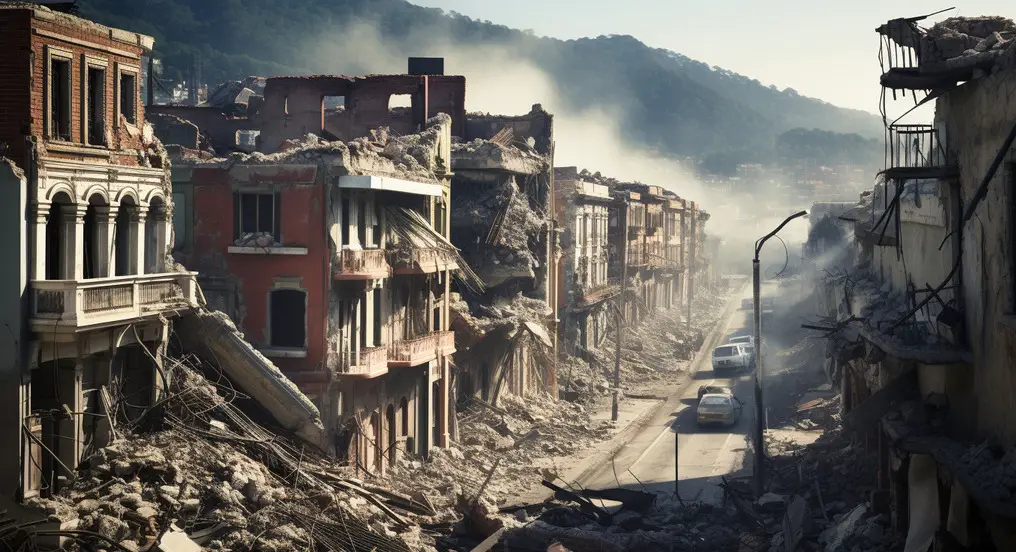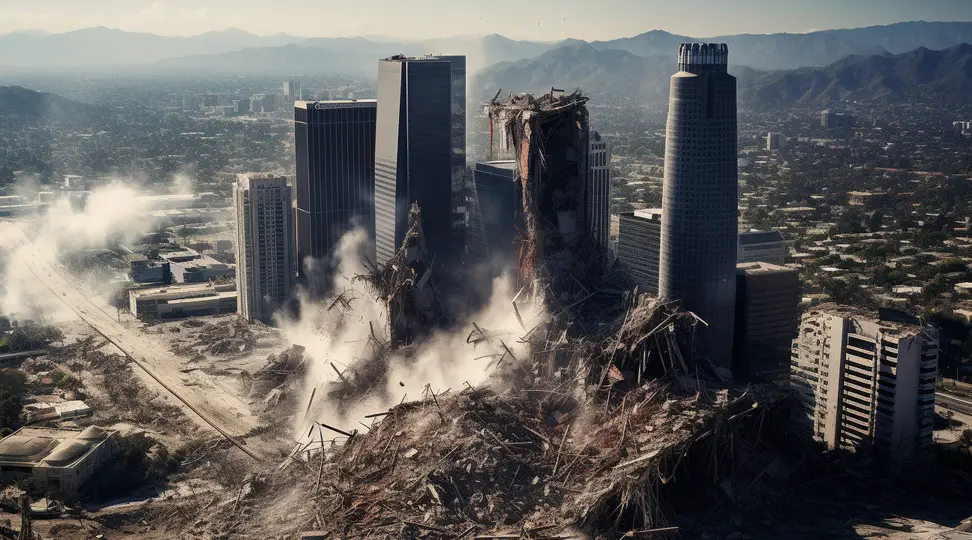The San Andreas Fault, a tectonic boundary that has captivated the imaginations of scientists and the general public alike, stands as one of the most significant geological features in North America. Stretching over 800 miles through California, it marks the boundary between the Pacific and North American tectonic plates. Its notoriety is not just due to its impressive length but also because of its potential to produce significant earthquakes that can profoundly impact the densely populated regions of California.
This article aims to shed light on 25 essential facts about the San Andreas Fault, offering a comprehensive understanding of its nature, history, and the potential future implications of its seismic activity.
- Geographical Extent: The San Andreas Fault extends roughly 800 miles through California, from the Salton Sea in the south to Cape Mendocino in the north.
- Discovery: The fault was first identified in 1895 by Professor Andrew Lawson from the University of California, Berkeley.
- Plate Boundary: It is a transform fault, where the Pacific Plate and the North American Plate slide past each other horizontally.
- Famous Earthquakes: The 1906 San Francisco earthquake, one of the most devastating in U.S. history, was caused by a rupture on the San Andreas Fault.
- Speed of Movement: The plates move past each other at a rate of about 1 to 2 inches per year.
- Seismic Activity: The fault is responsible for frequent minor earthquakes and has the potential for major quakes.
- Earthquake Predictions: While scientists can estimate probabilities, accurately predicting the exact time and size of earthquakes along the fault remains impossible with current technology.
- Subdivisions: The fault is divided into three segments, each with different characteristics and earthquake risk levels.
- Palmdale Bulge: A section in southern California, known as the Palmdale Bulge, was once thought to indicate a build-up of stress and an impending earthquake, though this has been largely discredited.
- Parkfield Experiment: Parkfield, California, is one of the most studied areas along the fault due to its regular seismic activity.
READ MORE: Why Los Angeles is an Earthquake-Prone Area - Impact on Landscape: The movement along the fault has created impressive geological features, such as the Carrizo Plain and the Mojave Desert.
- Historical Significance: The San Andreas Fault has been active for approximately 30 million years.
- Depth of the Fault: The fault extends up to 10 miles deep into the Earth’s crust.
- Economic Impact: Major earthquakes along the fault can cause billions of dollars in damage.
- Monitoring: The fault is heavily monitored by seismologists using a network of high-tech equipment.
- Public Safety Measures: California has developed stringent building codes and emergency response plans to mitigate earthquake damage and casualties.
- Recurring Earthquake Cycles: Historical records indicate a pattern of major earthquakes occurring on the fault approximately every 150 years.
- Influence on Other Faults: The stress on the San Andreas Fault can affect neighboring faults, potentially triggering earthquakes in those areas.
- Scientific Study: The fault is one of the most studied in the world due to its size and potential for large earthquakes.
READ MORE: 25 Shocking Facts about the 2008 Sichuan Earthquake - Global Significance: Understanding the San Andreas Fault helps scientists learn more about plate tectonics and earthquake dynamics globally.
- Water Resources: The fault crosses through crucial waterways, posing a risk to California’s water supply during an earthquake.
- Tourism: The fault attracts tourists and geology enthusiasts, with several accessible viewing spots.
- Cultural Impact: The San Andreas Fault has influenced Californian culture and is frequently referenced in movies and literature.
- Ongoing Research: New technologies and methods continually improve our understanding of the fault and its seismic hazards.
- Future Risks: With the increasing population in California, the risk posed by the San Andreas Fault in terms of human lives and infrastructure continues to grow.
READ MORE: 25 Important Facts You Need to Understand About Earthquakes
The San Andreas Fault is more than just a geological wonder; it’s a dynamic and complex feature that poses significant challenges and opportunities for scientific understanding. While it presents a clear and present danger in terms of earthquake risk, it also offers invaluable insights into the workings of our planet. The ongoing research and monitoring efforts are crucial in preparing for and mitigating the impacts of future seismic events. As we continue to coexist with this sleeping giant, the San Andreas Fault remains a stark reminder of the ever-changing nature of the Earth beneath our feet.
Now watch the video presentation:



